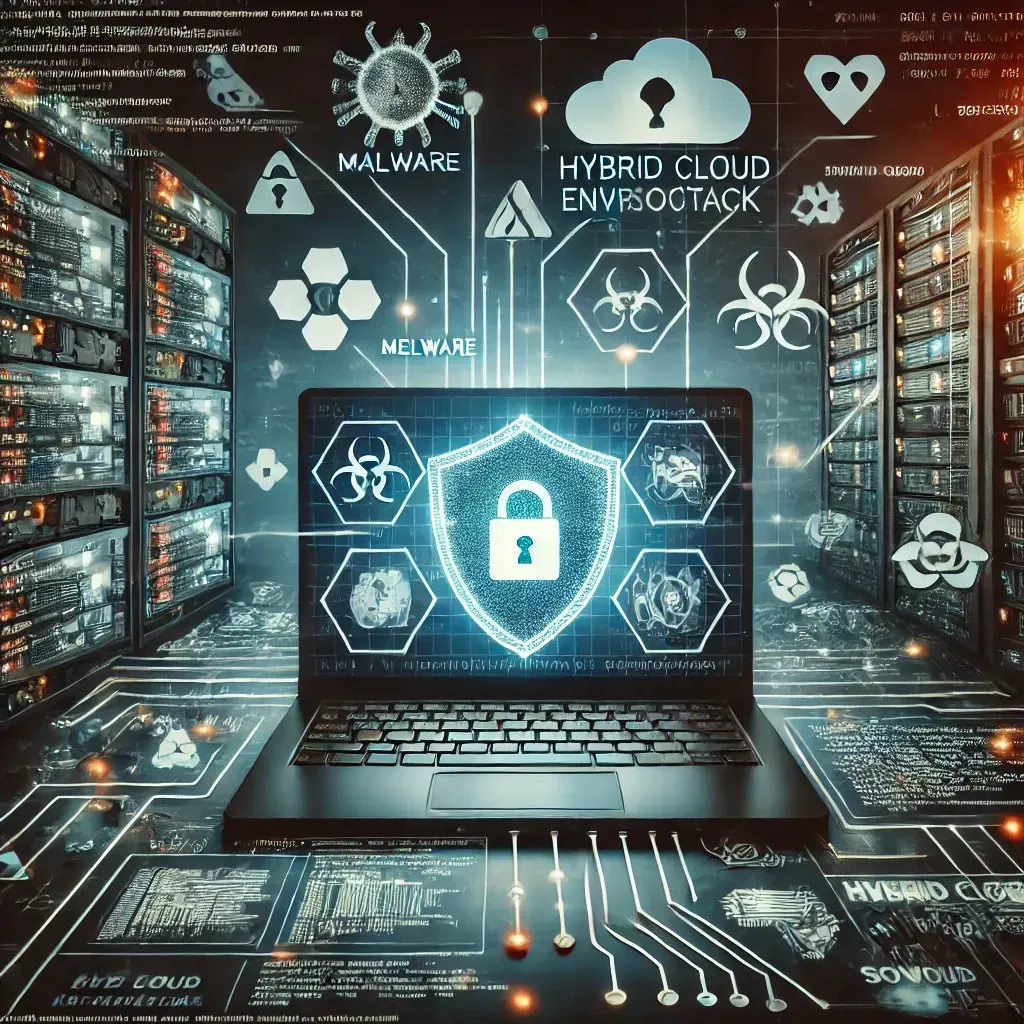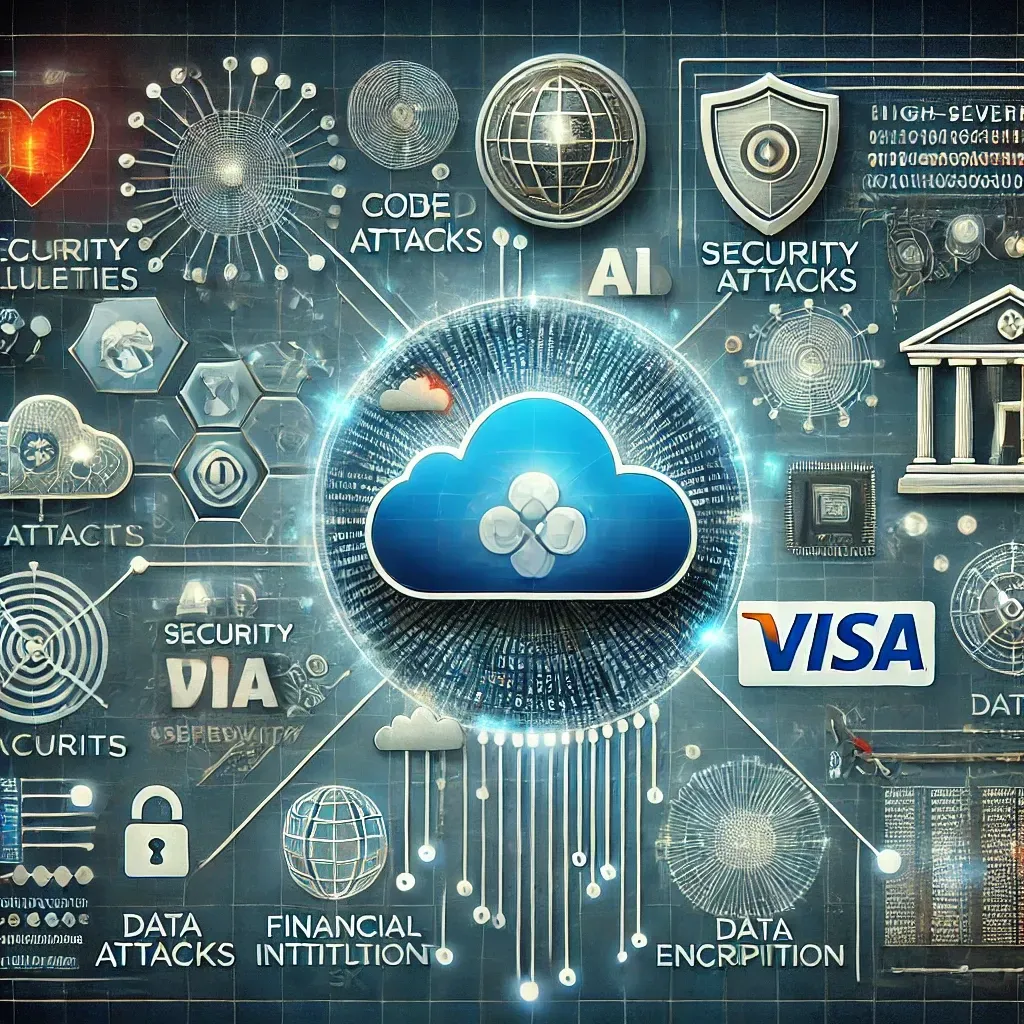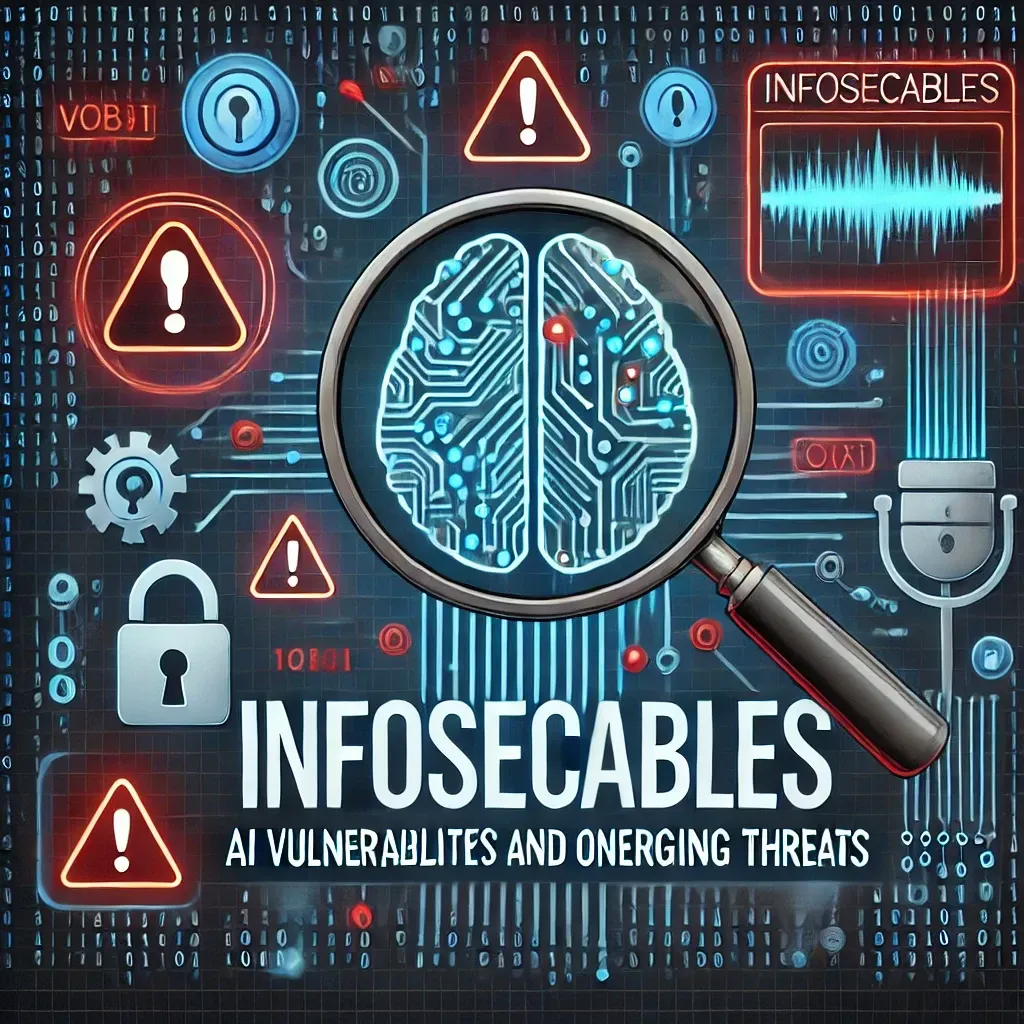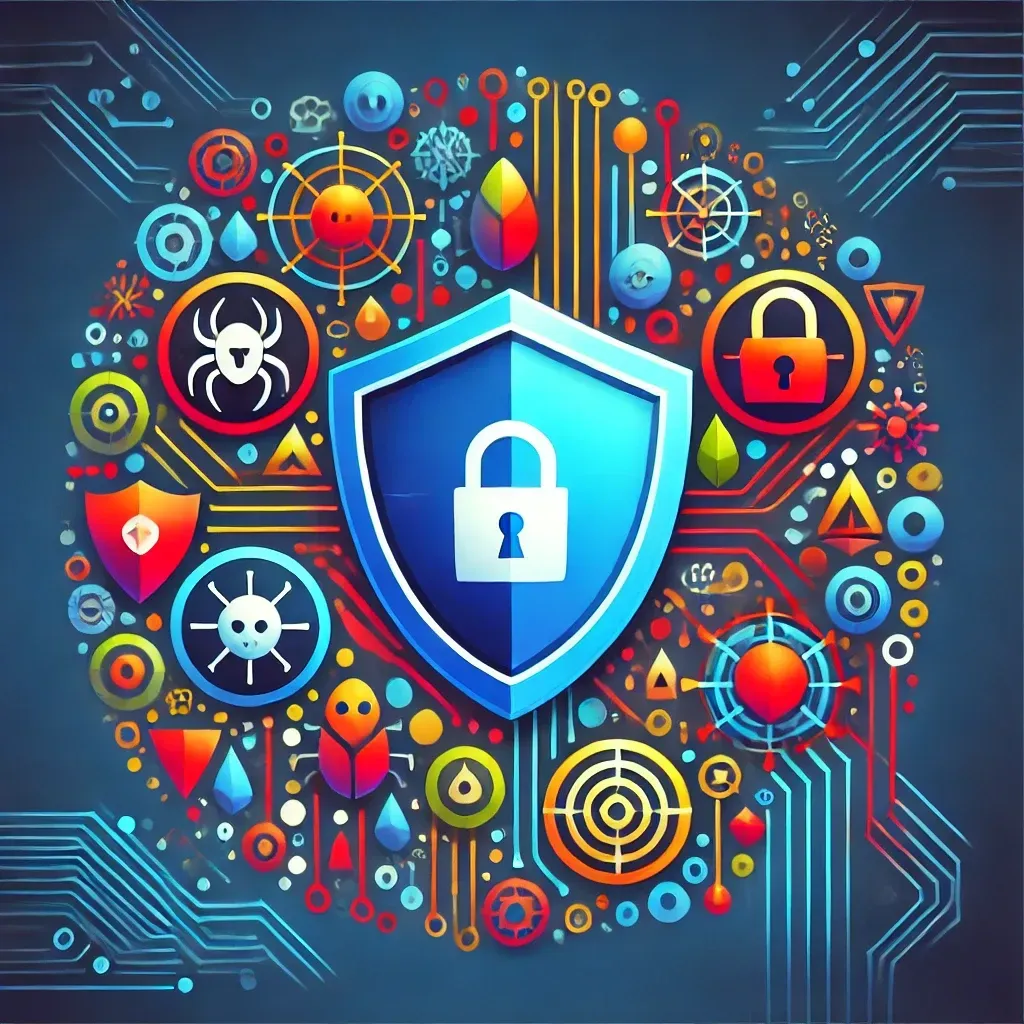A Week In Review: New Emerging Threats
The Week in Cybersecurity: From New Campaigns to Emerging Threats

Introduction
The cybersecurity landscape is constantly evolving, and staying updated on the latest threats and vulnerabilities is essential for any individual or organization. This week, we look at three significant developments: the PEAPOD cyberattack campaign against European Union personnel, ToddyCat's new set of tools for data exfiltration, and the rise of AvosLocker ransomware against U.S. critical infrastructure.
PEAPOD Targets European Leaders on Gender Equality
A new campaign, dubbed PEAPOD, has been discovered that primarily targets European Union military personnel and political leaders working on gender equality initiatives. Cybersecurity firm Trend Micro has attributed this campaign to a threat actor known as Void Rabisu. Interestingly, the group not only conducts financially motivated attacks but also espionage, blurring the line between their operations. The malware associated with this campaign is an updated version of RomCom RAT.
ToddyCat Unveils Sophisticated Data Exfiltration Tools
The APT group known as ToddyCat has released a new set of malicious software, further complicating the cyberspace for security experts. These tools focus on data exfiltration and offer a more in-depth insight into the group's capabilities. Noteworthy in this toolkit are utilities for launching Ninja Trojan, LoFiSe for finding files, a DropBox uploader, and Pcexter for exfiltrating files to OneDrive.
AvosLocker Ransomware Threatens U.S. Critical Infrastructure
The AvosLocker ransomware gang has escalated its activities, putting U.S. critical infrastructure sectors in jeopardy. The FBI and CISA have detailed the ransomware-as-a-service operation's tactics, which notably include the use of legitimate software for compromising networks. One defining feature of AvosLocker attacks is the reliance on open-source tools and "living-off-the-land" tactics, making attribution extremely challenging.
Key Takeaways
- The blending of financial motives with espionage activities, as seen in the PEAPOD campaign, indicates the increasingly complex nature of cyber threats.
- APT groups like ToddyCat are continuously innovating, developing new sets of tools aimed at data exfiltration and system compromise.
- The rise of ransomware attacks on critical infrastructure highlights the urgent need for robust cybersecurity measures.
Conclusion
From new attack campaigns targeting specific demographics to evolving toolsets from known APT groups, this week has been a reminder that vigilance in cybersecurity is more crucial than ever. As threat actors evolve, so too must our strategies for defending against them. Stay tuned for more updates on the constantly changing landscape of cybersecurity threats.





